

|
|
|


|
|
1/8 Scale Nitro Rally/Touring Car:
Capricorn LAB C803 Evo (Radio Controlled Model Review)History and Info:
Introduced by Capricorn RC circa 2017, the LAB-C803 Evo Nitro Touring Car Chassis has a 3mm shorter wheelbase than the C802, with a new rear end.The model was available as an assembly Kit, requiring a Radio System, Servos, Engine, Starter Box, Fuel and a Lexan bodyshell to be purchased separately.
▼ Scroll Down for More Images ▼
|








|
|
|

★ Capricorn LAB C803 Evo Chassis ★
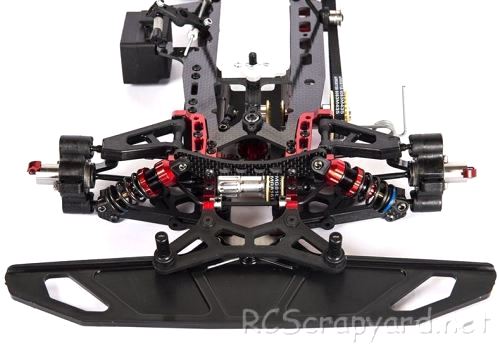
★ Capricorn LAB C803 Evo Chassis ★
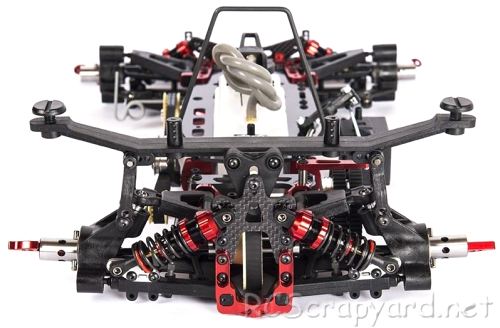
★ Capricorn LAB C803 Evo Chassis ★
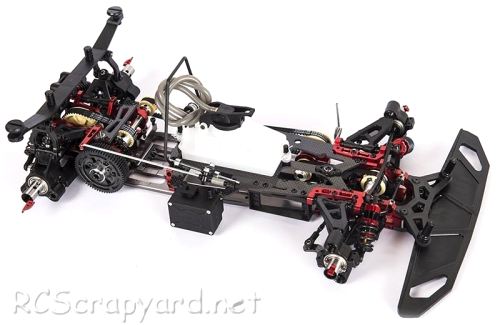
★ Capricorn LAB C803 Evo Chassis ★
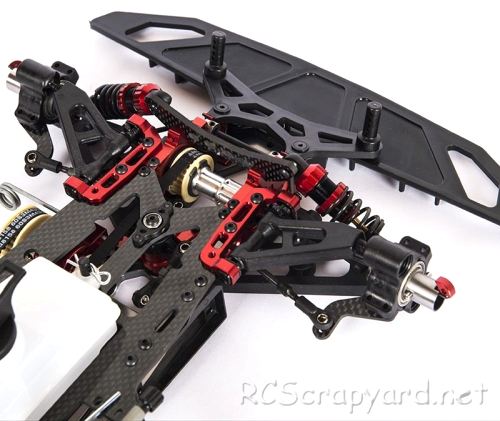
★ Capricorn LAB C803 Evo Chassis ★
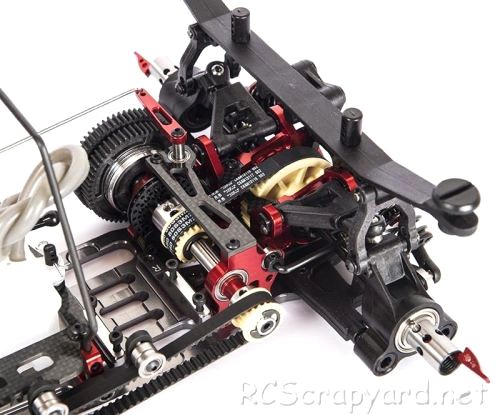
★ Capricorn LAB C803 Evo Chassis ★
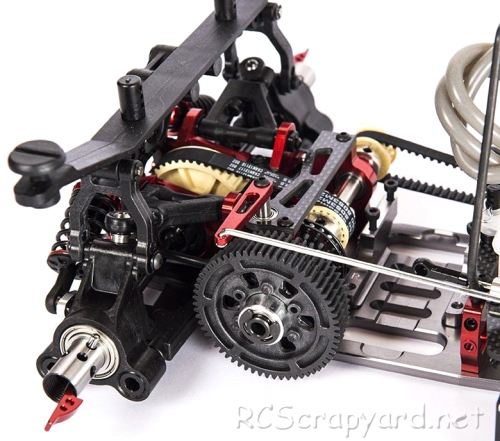
★ Capricorn LAB C803 Evo Chassis ★
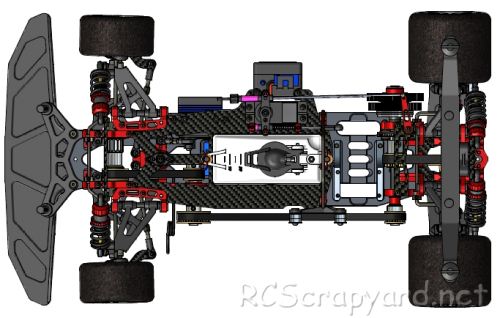
★ Capricorn LAB C803 Evo Chassis ★
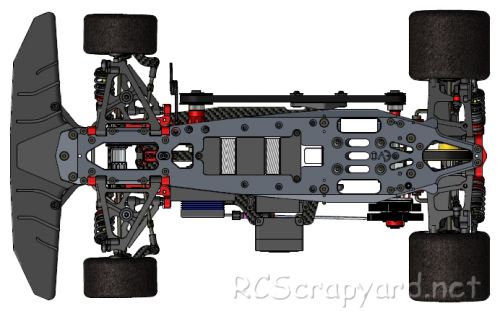
★ Capricorn LAB C803 Evo Chassis ★
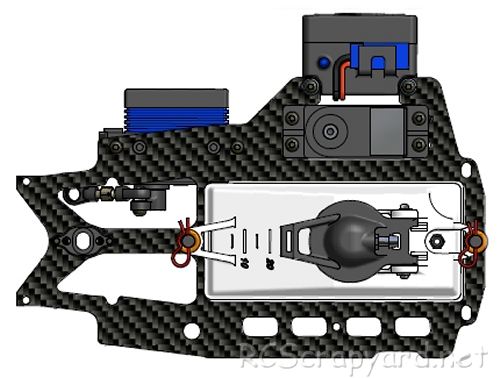
|
Buying a Used Capricorn LAB C803 Evo
|
|
Manufacturers and Brands Catalogued and Listed by RC-Scrapyard.
At present, the RC Model Manufacturers, Brands and Distributors covered by us are: ABC Hobby, Academy, Acme Racing, Agama Racing, Amewi, Ansmann Racing, ARRMA, Team Associated, Atomic RC, Axial, AYK, Bolink, BSD Racing, Capricorn, Carisma, Carson, Caster Racing, Cen, Corally, Custom Works, Durango, Duratrax, ECX - Electrix, Exceed RC, FG Modellsport, FS-Racing, FTX, Fujimi, Gmade, GS-Racing, Harm, HBX, Helion, Heng Long, Himoto Racing, Hirobo, Hitari, Hobao, Hong-Nor, Hot Bodies, HPI, HSP, Intech, Integy, Jamara, JQ Products, Kawada, Kyosho, Losi, LRP, Maisto, Mardave, Marui, Maverick, MCD Racing, Megatech, Mugen, New Bright, Nichimo, Nikko, Nkok, Ofna, Pro-Pulse, Protech, PTI, RC4WD, Redcat Racing, RJ-Speed, Robitronic, Schumacher, Seben, Serpent, Smartech, Sportwerks, Step-Up, Tamiya, Team-C Racing, Team Magic, Thunder Tiger, Tomy, Top Racing, Traxxas, Trinity, Tyco, Vaterra RC, Venom, VRX Racing, WLToys, X-Factory, Xmods, Xpress, Xray, XTM, Yankee RC, Yokomo, ZD Racing and Zipzaps. |
|
Hints, Tips and Information
Painting a Lexan Body Shell.
Most RC Model kits come with an unpainted, clear Lexan plastic Body Shell you yourself must prepare and paint. This type of Body Shell is painted on the inside, and special spray or brush on Polycarbonate Paints MUST be used.
|
|
Hints, Tips and Information
Look after your Gears
In RC there are a number of different gear teeth sizes we tend to use, based on two systems. Imperial and metric. |
|
RC Models:
|
Radio & Motors: |
Other
Accessories: |